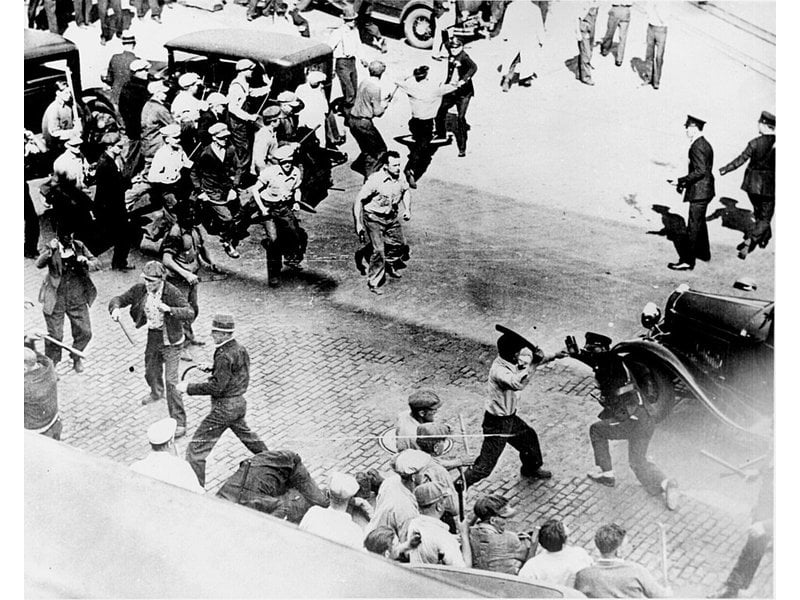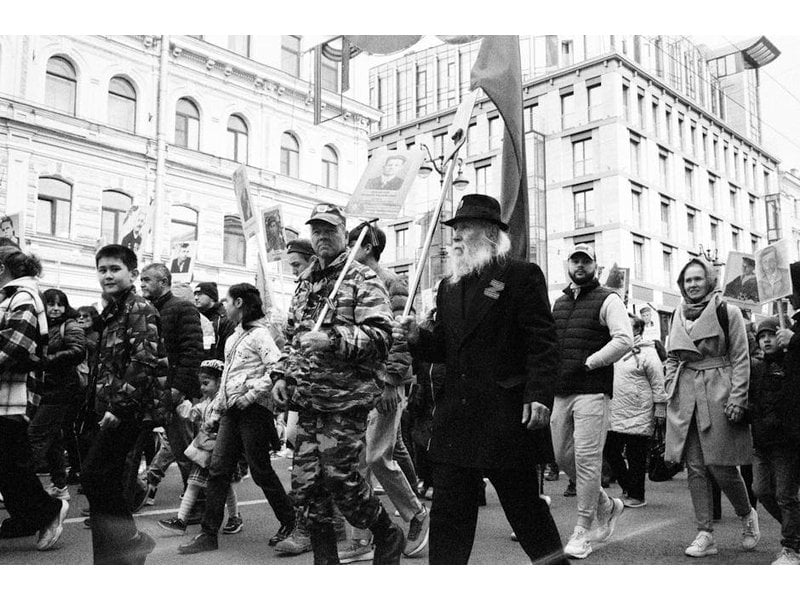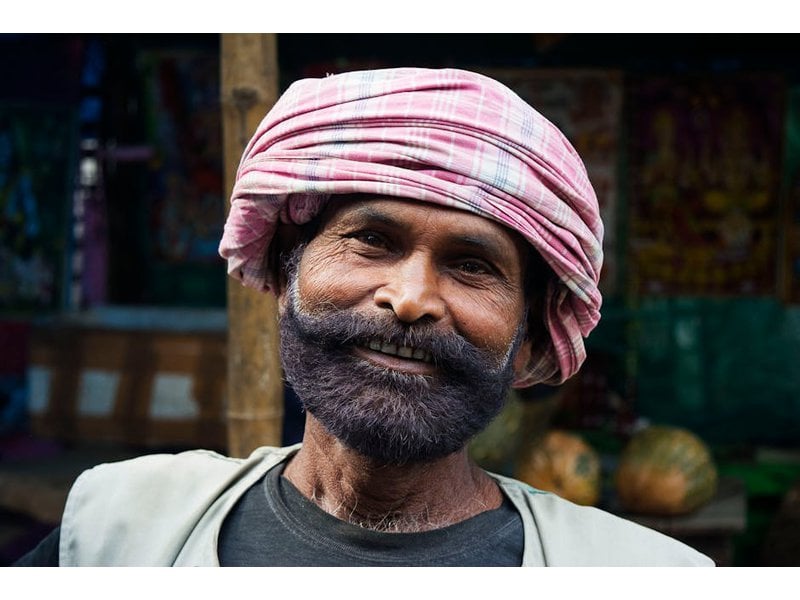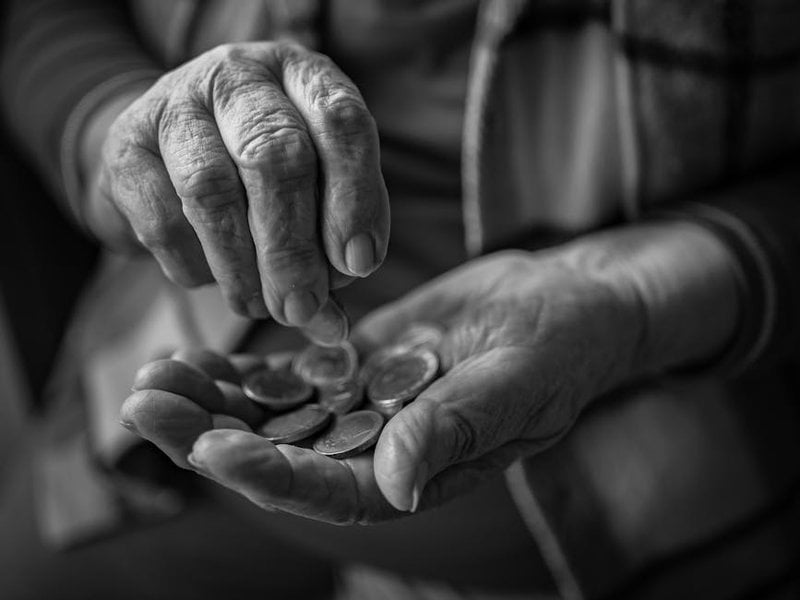009 leaflets pamphlets and books

"The publication and distribution of leaflets, pamphlets or books which have as their main purpose the expression of a point of view in opposition to, or in support of, particular or general policies, or to the regime as a whole may in political conditions of repression and struggle become a method of nonviolent action. The distribution of leaflets is perhaps the most common method of communication used by dissenting groups, but under conditions of censorship, books may also be involved. (Literature which calls for active resistance, as distinct from making a general case, is classified below as a separate method, under political noncooperation, because of the content and consequences of such calls.)"...
Potentially problematic matches
High scoring campaigns using this method
Historical cases from the Nonviolent Action Database that used this method
Iranian resistance to Tobacco Concession, 1891-1892
In the late nineteenth century foreign governments were increasingly asserting control, and in some cases Iranian governmental figures adopted a fatalistic attitude about being colonized by Britain or Russia, both of which were competing for power in...
Julia Butterfly Hill defends California redwoods, 1999
The economy of the town of Stafford, located in Humboldt County, has been dominated by timber production since the seventeenth century. Pacific Lumber Company, a family owned company, was the primary producer of lumber in the area from 1885 to 1985. ...
International groups boycott Nestle products to end indiscriminate advertising, 1977-1984
Artificial baby milks—so called “infant formula”—became widespread commercial product during the early decades of the twentieth century. Among many companies involved, Nestlé’s was the biggest promoter, controlling more than 40% of the estimated $1.7...
International campaign against the Multilateral Agreement on Investment 1996-98
In September of 1995, international negotiations began on a draft agreement called the Multilateral Agreement on Investment (MAI). The document was being negotiated by members of the Organization for Economic Cooperation and Development (OECD). The s...
Indonesians overthrow President Suharto, 1998
“I have decided to quit as president.”- Indonesian President Suharto, 21st May 1998\n\nThese words echoed across Indonesia, as students who had been occupying parliament for the past three days fell to their knees; while others cheered around televis...
Indians embrace trees (Chipko) to stop logging activity, 1971-1974
After the Indo-Chinese border conflict ended in 1963, access to the Indian state of Uttar Pradesh, a region encompassing eight different districts in the Himalayas, was greatly expanded. The money for this expansion, including highway building, gener...
Hampshire College students win divestment from apartheid South Africa, U.S., 1977
There are several noted origins of the South Africa divestment movement in the United States. Students and activists protested the 1948-implemented system of apartheid in South Africa throughout the 1960’s and early 70’s, but the movement failed to g...
Guatemalans overthrow a dictator, 1944
Beginning in 1931 Jorge Ubico ruled Guatemala with an iron fist with the help of the vicious secret police. He admired Hitler’s tactics. By the summer of 1944, a similarly brutal dictator, Maximiliano Hernández Martínez, was overthrown in the face of...
Greensboro, NC, students sit-in for U.S. Civil Rights, 1960
In Greensboro, North Carolina in 1960, Jim Crow laws were in widespread effect. Though the African-American Civil Rights Movement had led to some successful desegregation (notably within the school system thanks to Brown v. Board and Swann v. Charlot...
Greenpeace stops Kimberly-Clark's destruction of the Boreal forest in Canada (Kleercut), 2004-2009
Kimberley-Clark Corporation is the largest tissue-product manufacturer in the world, producer of well-known brands including Kleenex, Scott, and Cottonelle. It is no surprise that Kimberly-Clark is also arguably the leading consumer of wood-fiber. Ho...
Low scoring campaigns using this method
Historical cases from the Nonviolent Action Database that used this method
American air-traffic controllers strike for benefits and pay, 1981
On August 3, 1981, nearly 13,000 of the 17,500 members of the Professional Air Traffic Controllers Organization (PATCO), a United States trade union, staged a walkout and strike. The union intended the strike to address four main concerns:\n\nHowever...
Swarthmore students campaign for card check neutrality in workers' unionizing, 2006
Swarthmore College is a small liberal arts college close to Philadelphia, Pennsylvania. During the spring semester of 2006 campus workers at Swarthmore began to organize a union. For the union to be established a significant number of the workers had...
MIT students campaign for divestment from apartheid South Africa, 1985-1991
In reaction to the continuing apartheid in South Africa, many colleges and universities in the United States divested from South Africa, meaning that they removed the holdings they had from companies which operated there. Apartheid separated blacks a...
Norwegian farmers stage a bread blockade for higher government subsidies 2012
In late April and early May of 2012, the Norwegian government and the National Farmers Union were negotiating about governmental support for agriculture. The National Farmers Union asked for 2.2 billion kroner in subsidies and other support to farmer...
Americans blockade Washington, DC, to protest the Vietnam War, 1971
“If the government won’t stop the war, we’ll stop the government.” That was the central slogan of the Mayday campaign.\n\nThe Anti-Vietnam War movement included striking examples of nonviolent direct action. Many of the protests against the Vietnam W...
Luxembourgers general strike against Nazi occupation, 1942
In the 1940s, Nazi Germany under the government of Adolf Hitler was advancing its conquest of Europe during the Second World War. By May 1940, Luxembourg, a small neutral country bordering Germany, was placed under military occupation by forces of th...
US Students Campaign to Stop Dow Chemical Company From Manufacturing Napalm (1967-1969)
The United States first used Napalm as an incendiary device in Japan during WWII. It melted flesh and produced horrific wounds. Napalm once again took on a functional role for the US in Vietnam, and the government requested bids from chemical manufac...
Black miners strike in the Northern Rhodesian (Zambia) Copperbelt, 1935
By 1924, Northern Rhodesia (now Zambia) was administered and occupied by the British government as an official British protectorate. While the Colonial Office headed administration, a group of interconnected companies financed by Britain, South Afric...
Lehigh University students pursue a Living Wage, increased appreciation for campus workers, 2005
Lehigh is a university of 5,000 students located in Bethlehem, Pennsylvania. The University provides campus food services, maintenance of facilities and campus grounds through contracts with corporations Sodexho, One Source and Brickman respectively....
Laotians campaign for democracy and the release of political prisoners, 1999-2003
Laos has been a socialist republic governed by the Lao People’s Revolutionary Party (LPRP) since December 2, 1975. The government controls the country’s news output and restricts the people’s rights to expression, assembly, and protest. Dissent is no...





